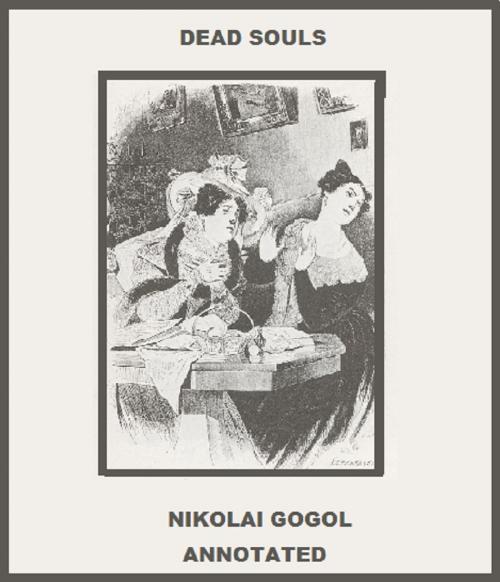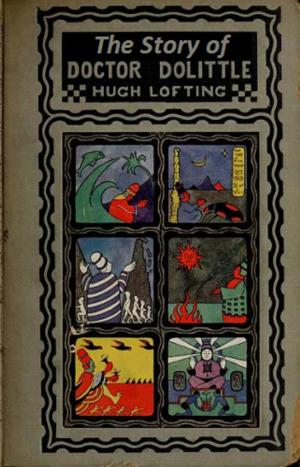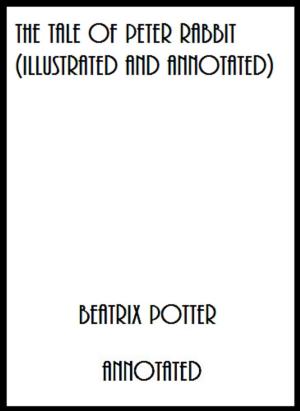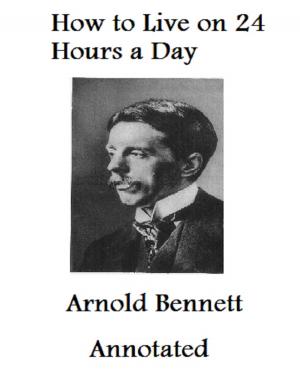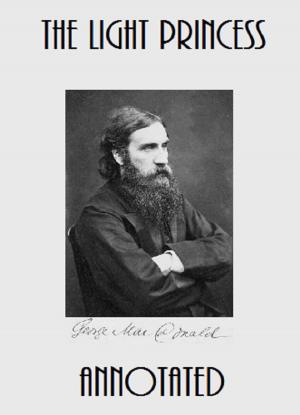| Author: | Nikolai Gogol | ISBN: | 1230000401159 |
| Publisher: | Bronson Tweed Publishing | Publication: | May 2, 2015 |
| Imprint: | Language: | English |
| Author: | Nikolai Gogol |
| ISBN: | 1230000401159 |
| Publisher: | Bronson Tweed Publishing |
| Publication: | May 2, 2015 |
| Imprint: | |
| Language: | English |
Dead Souls is a book by Nikolai Gogol, first published in 1842, and widely regarded as an exemplar of 19th-century Russian literature. The purpose of the novel was to demonstrate the flaws and faults of the Russian mentality and character. Gogol masterfully portrayed those defects through Paul Ivanovitch Chichikov (the main character) and the people whom he encounters in his endeavours. These people are typical of the Russian middle-class of the time. Gogol himself saw it as an "epic poem in prose", and within the book as a "novel in verse". Despite supposedly completing the trilogy's second part, Gogol destroyed it shortly before his death. Although the novel ends in mid-sentence (like Sterne's Sentimental Journey), it is usually regarded as complete in the extant form.
This edition has been formatted for your reader, with an active table of contents. The book has also been annotated, with additional information about the work and also the author, including an overview, title, background, structure, characters, plot, adaptations, biographical and bibliographical information.
Dead Souls is a book by Nikolai Gogol, first published in 1842, and widely regarded as an exemplar of 19th-century Russian literature. The purpose of the novel was to demonstrate the flaws and faults of the Russian mentality and character. Gogol masterfully portrayed those defects through Paul Ivanovitch Chichikov (the main character) and the people whom he encounters in his endeavours. These people are typical of the Russian middle-class of the time. Gogol himself saw it as an "epic poem in prose", and within the book as a "novel in verse". Despite supposedly completing the trilogy's second part, Gogol destroyed it shortly before his death. Although the novel ends in mid-sentence (like Sterne's Sentimental Journey), it is usually regarded as complete in the extant form.
This edition has been formatted for your reader, with an active table of contents. The book has also been annotated, with additional information about the work and also the author, including an overview, title, background, structure, characters, plot, adaptations, biographical and bibliographical information.
